CDC changes school guidance, allowing desks to be closer
The revised COVID-19 recommendations represent a turn away from the 6-foot standard that has forced some schools to remove desks, stagger scheduling and take other steps to keep children away from one another.
NEW YORK — Students can safely sit just 3 feet apart in the classroom as long as they wear masks but should be kept the usual 6 feet away from one another at sporting events, assemblies, lunch or chorus practice, the Centers for Disease Control and Prevention said Friday in relaxing its COVID-19 guidelines.
The revised recommendations represent a turn away from the 6-foot standard that has sharply limited how many students some schools can accommodate. Some places have had to remove desks, stagger schedules and take other steps to keep children apart.
Three feet «gives school districts greater flexibility to have more students in for a prolonged period of time,» said Kevin Quinn, director of maintenance and facilities at Mundelein High School in suburban Chicago.
In recent months, schools in some states have been disregarding the CDC guidelines, using 3 feet as their standard. Studies of what happened in some of them helped sway the agency, said Greta Massetti, who leads the CDC’s community interventions task force.
«We don’t really have the evidence that 6 feet is required in order to maintain low spread,» she said. Also, younger children are less likely to get seriously ill from the coronavirus and don’t seem to spread it as much as adults do, and «that allows us that confidence that that 3 feet of physical distance is safe.»
CDC Director Dr. Rochelle Walensky said the revised recommendations are a «roadmap to help schools reopen safely, and remain open, for in-person instruction.» She said in-person schooling gives students not only «the education they need to succeed» but access to crucial social and mental health services.
The new guidance:
— Removes recommendations for plastic shields or other barriers between desks. «We don’t have a lot of evidence of their effectiveness» in preventing transmission, Massetti said.
— Advises at least 3 feet of space between desks in elementary schools, even in towns and cities where community spread is high, so long as students and teachers wear masks and take other precautions.
— Says spacing can also be 3 feet in middle and high schools, so long as there is not a high level of spread in the community. If there is, the distance should be at least 6 feet.
The CDC said 6 feet should still be maintained in common areas, such as school lobbies, and when masks can’t be worn, such as when eating.
Also, students should be kept 6 feet apart in situations where there are a lot of people talking, cheering or singing, all of which can expel droplets containing the coronavirus. That includes chorus practice, assemblies and sports events.
Teachers and other adults should continue to stay 6 feet from one another and from students, the CDC said.
The CDC’s 6-foot advice for schools, issued last year, was the same standard applied to workplaces and other settings. In contrast, the World Health Organization suggested 1 meter — a little over 3 feet — was sufficient in schools. The American Academy of Pediatrics says desks should be 3 feet apart and «ideally» 6 feet.
The CDC guidance was problematic for many schools that traditionally had 25, 30 or more children per classroom in closely grouped desks. Some schools adopted complicated schedules. For example, half a class might come to school on some days, and the other half on other days.
Some schools stopped using lockers and staggered when different grades could move between classes to avoid crowding in the halls, where maintaining any distance at all can be difficult.
The Ridley school system in suburban Philadelphia took steps like that to abide by the 6-foot guideline. But neighboring communities went with 3 feet, «and we’re not seeing the data really reflect a different spread rate,» said Lee Ann Wentzel, district superintendent.
Even before the CDC acted, the district had decided to shift to 3-foot distancing next month. Wentzel said the change in CDC guidance will make it easier to explain and defend the decision.
A recent study in Massachusetts looked at students and staff members in schools that used the 3-foot standard and those that had the 6-foot one. It found no significant difference in infection rates.
Massetti said other research has also been influential, including two studies the CDC released Friday. One out of Utah found low coronavirus transmission rates among students who did a good job wearing masks and whose desks were only 3 feet apart. The other study, done in Missouri, pointed to a similar conclusion.
Still, the change at the CDC met with skepticism in some quarters.
Randi Weingarten, president of the American Federation of Teachers, said the 1.6-million-member union is reviewing the latest research, «but we are concerned this change has been driven by a lack of physical space rather than the hard science on aerosol exposure and transmission.»
Dr. Lawrence Kleinman, a professor of pediatrics and global urban public health at Rutgers University in New Jersey, said 3 feet is «probably safe» if schools are doing everything right — if everyone is wearing masks correctly at all times and washing their hands, and if ventilation is good. But he said that’s unlikely.
«I will not send my child to a school that’s distancing at 3 feet,» said Kleinman, who has a 4-year-old daughter.
___
The Associated Press Health and Science Department receives support from the Howard Hughes Medical Institute’s Department of Science Education. The AP is solely responsible for all content.
Fuente de la Información: https://www.startribune.com/cdc-changes-school-guidance-allowing-desks-to-be-closer/600036203/
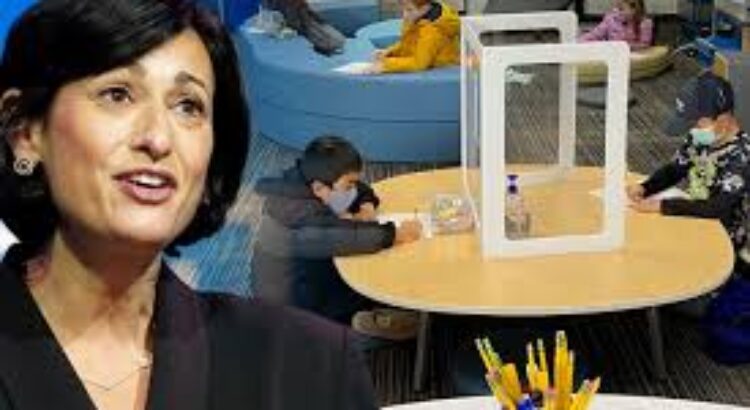


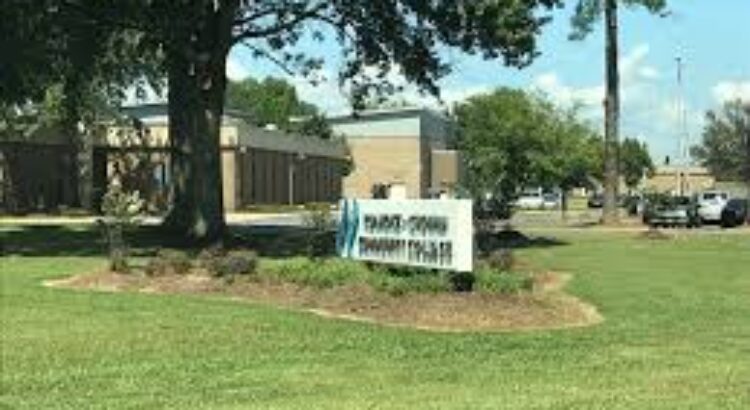
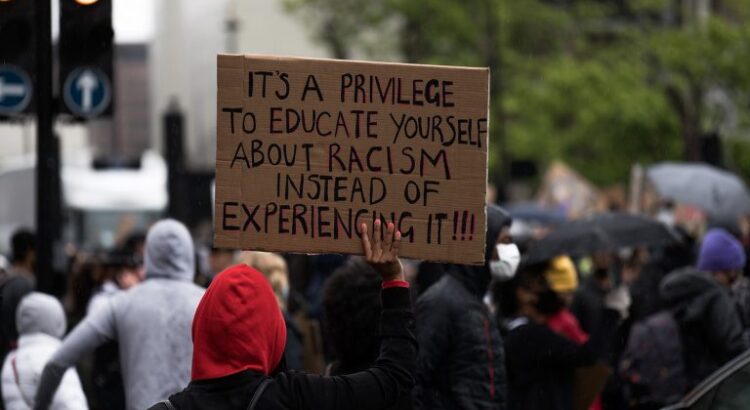
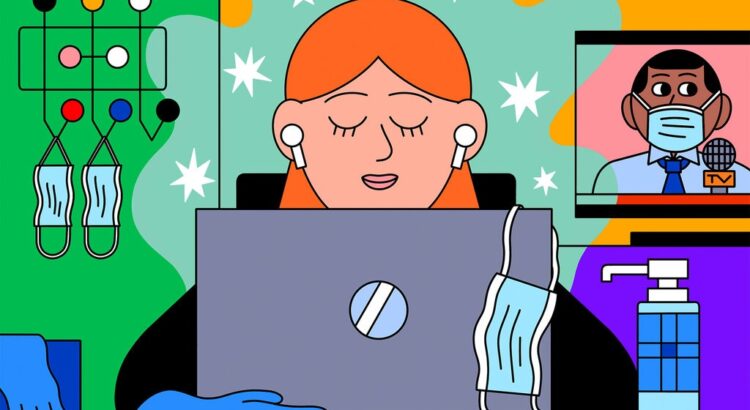


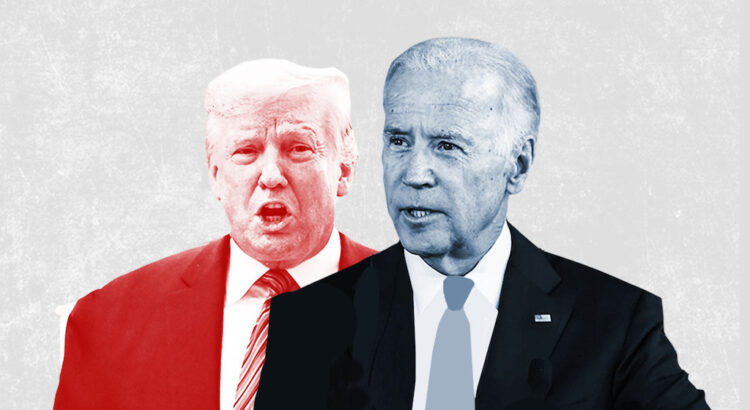

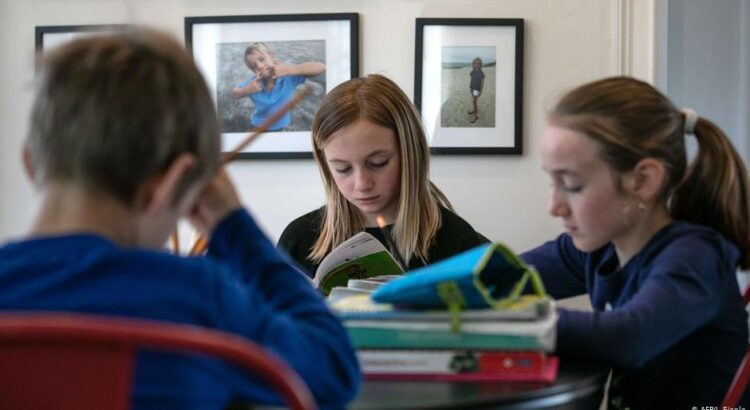





 Users Today : 13
Users Today : 13 Total Users : 35460636
Total Users : 35460636 Views Today : 25
Views Today : 25 Total views : 3419675
Total views : 3419675